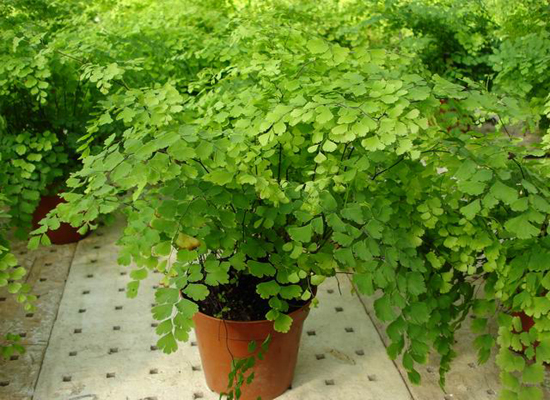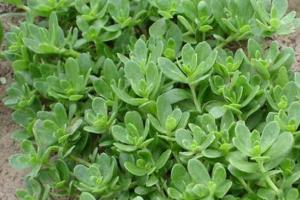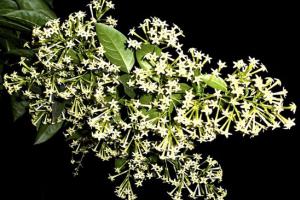What are the points for attention in how to raise Dryopteris?
Dryopteris is a green shade plant often raised at home, but some friends don't know much about how to grow it: either the leaves turn black or the leaves wither. I just can't feed it anyway. So, how to raise Dryopteris? Do you have any points for attention?

Dryopteris, scientific name: Adiantum capillus-veneris L, Dryopteris, perennial herb, 0.1m-0.6m high. It is named Dryopteris Dryopteris because of its slender stem and color like iron wire.
To grow Dryopteris well, you might as well follow the following requirements:
1. Soil
Dryopteris prefers loose, permeable and fertile calcareous sandy loam, and the cultivated soil can be mixed with loam, rotten leaf soil and river sand.
2. Watering
Dryopteris likes the humid environment and should be fully watered in the peak growing season. In addition to keeping the basin soil moist, we should also pay attention to the high air humidity and sprinkle water around the plant when the air is dry. Especially in summer, water should be watered 1-2 times a day. If there is a lack of water, it will cause the leaves to shrink. Watering taboo basin soil when dry and sometimes wet, easy to make the leaves yellow.
3. Sunshine
Like bright scattered light, afraid of direct sunlight. If the light is too strong, the leaves will be withered and yellow or even die, which can be properly shaded in summer, and most of the leaves will be withered and yellow if the strong light is directed for a long time. It should be placed in a dark place indoors, and it can grow normally even if it is placed for 1 year.
4. Temperature
It is warm and hardy, and the suitable temperature for growth is 21-25 ℃ in daytime and 12-15 ℃ at night. In winter, the leaves can keep fresh green when the temperature is above 5 ℃, but frost injury will occur when the temperature is lower than 5 ℃.
5. Fertilization
Apply thin liquid fertilizer 2-3 times a month, do not stain the leaves, so as not to cause rotten leaves, because of the calcium-loving habits of Dryopteris, basin soil should add appropriate amount of lime and broken eggshell, the effect of regular application of calcium fertilizer will be better. In winter, we should reduce watering and stop fertilizing.
6. Insect pests
Potted Dryopteris, often with leaf blight, can be controlled with Bordeaux solution at the initial stage, and 70% methyl topiramate 1000-1500 times in severe cases. If the plant is damaged by scale insects, 40% omethoate 1000 times solution can be used for control.
7. Pruning
After the beginning of autumn, as the temperature drops, the fern enters a slow growth stage, and the old leaves will gradually turn yellow, so they should be cut off.
Many people think that Dryopteris is a shade plant, so it is kept out of the sun for years. In fact, this is a wrong understanding. Therefore, it is important to note that:
First, the fern pat is hot in the summer and cannot be exposed to the sun, but it cannot be completely shaded. It is best to put it under the shade shed and big trees in summer or move outside at night, and then move back indoors during the day.
Second, we should fully see the light in winter.
Sunlight is a necessary condition for plants to carry out photosynthesis, so shade-loving plants cannot refuse sunlight. Friends are eager to protect ferns, afraid that the sun will damage the fern, but it may cause the leaves of Dryopteris to blacken.
Related
- Wuhan Hospital Iron Tree Blooming Result Was Instantly Frightened by the Gardener Master
- Which variety of camellia is the most fragrant and best? Which one do you like best?
- What is the small blue coat, the breeding methods and matters needing attention of the succulent plant
- Dormancy time and maintenance management of succulent plants during dormancy
- Minas succulent how to raise, Minas succulent plant pictures
- What are the varieties of winter succulent plants
- How to raise succulent plants in twelve rolls? let's take a look at some experience of breeding twelve rolls.
- Attention should be paid to water control for succulent plants during dormant period (winter and summer)
- Watering experience of twelve rolls of succulent plants
- Techniques for fertilizing succulent plants. An article will let you know how to fertilize succulent plants.



